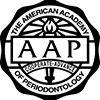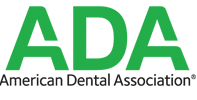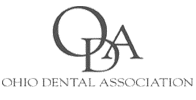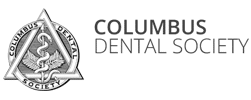1. Tetracycline Antibiotics
The tetracycline family of antibiotics (doxycycline, minocycline) can cause permanent tooth discoloration in developing teeth. Expecting mothers, nursing mothers and children younger than 8 years old should avoid these antibiotics when prescribed to treat bacterial infections.
2. Antihistamines
Antihistamines such as Benadryl, hydroxyzine, and promethazine are medications that can cause xerostomia. When bacteria and plaque accumulate more readily due to reduced salivary flow, tooth discoloration can occur. Such patients should be encouraged to increase their frequency of oral hygiene and recare appointments in order to prevent tooth discoloration and an increased risk of caries and periodontal disease.
3. Chlorhexidine
This antibacterial mouthwash prescribed for periodontal disease and oral infection can lead to a side effect of causing a brownish discoloration on teeth. Although chlorhexidine is effective in fighting oral infections, the staining can be quite heavy and difficult to remove.
4. Iron
Iron supplements, especially in liquid formulations, can stain teeth, along with causing black tongue and dark stools.
5. Rifampin
Rifampin is indicated for the treatment of tuberculosis, both latent or active. It can cause an orange-red discoloration of teeth. It is also known to cause a side effect of discoloration of body secretions, such as sweat and tears.
Other than tetracycline, these medication-induced stains can be removed, but also prevented. Reviewing a patients’ medication history and alerting them about these side effects are important from a cosmetic consideration. These patients must be on strict preventive measures including possibly more cleaning appointments, and increasing and maintaining a daily oral hygiene regimen. Patients need to be educated that certain foods and beverages, along with smoking, may worsen tooth staining. Alternative medications may be suggested, when possible.

 Dr. Sakamoto
Dr. Sakamoto
 Dr. Mannava
Dr. Mannava
 Our Team
Our Team
 FIRST VISIT
FIRST VISIT
 PATIENT FORMS
PATIENT FORMS
 DENTAL INSURANCE
DENTAL INSURANCE
 POST-OP INSTRUCTIONS
POST-OP INSTRUCTIONS





